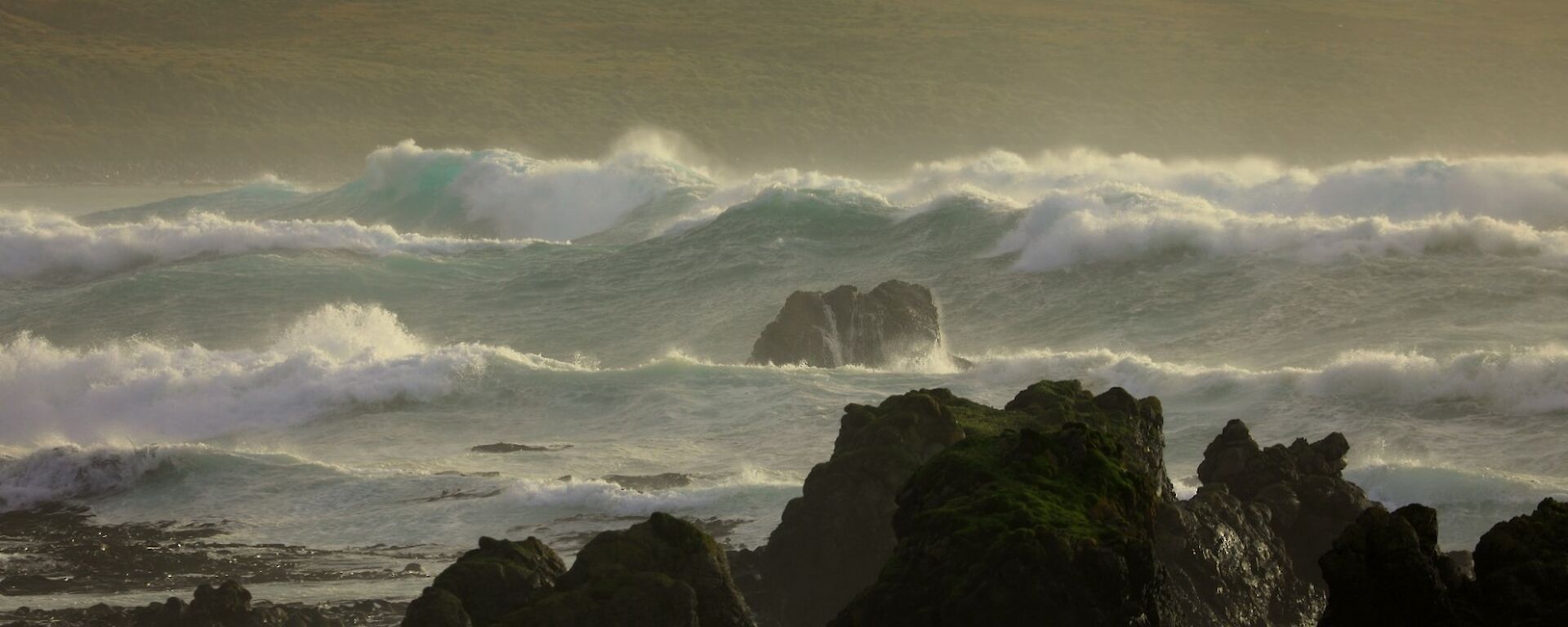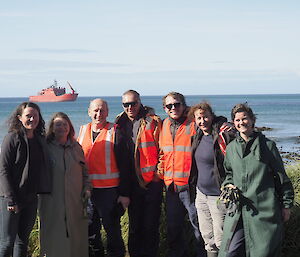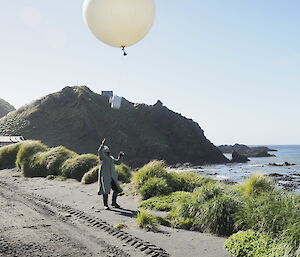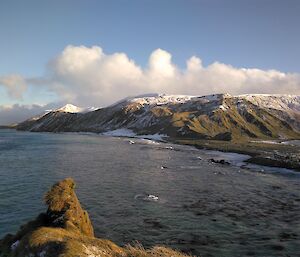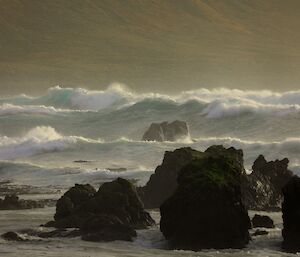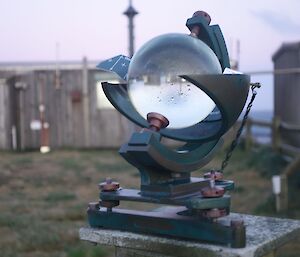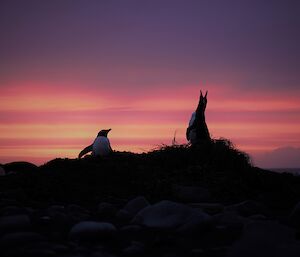The great Southern Ocean encompasses the globe. The absence of continental land masses at this latitude means that there is nothing by way of topographical features to influence or guide weather patterns. There’s also an absence of cities up-wind to foul the air with plumes of human-created pollutants.
Consequently, the sweep of fronts associated with low pressure systems crossing from the west is fast moving. To experience such extreme, maritime weather on a semi-constant basis is a privilege. More importantly, in a region so dominated by ocean, Macquarie Island is perfectly located to gather data related to weather and the composition of the atmosphere.
The singular fact that this extremely remote weather station has been operating uninterrupted since 1948 (a period of 71 years) means that the data being collected is invaluable for studying the irrefutable trend of global warming and the alarming increase of global greenhouse gases.
Living on a small island in the middle of a large ocean, one’s sense of the influence of weather patterns on our existence becomes highly attuned. Expeditioners almost begin to develop a sixth sense — one associated with constant pressure waves as wind and swell batter Macquarie Island.
The constant roar of the ocean as 4 to 6 metre seas crash into the west coast; the struggle to walk in wind gusts commonly in the 40–80 kmh range; the regular showers of rain, hail and snow; and a temperature regime commonly around 1 — 5 degrees, combine to make human existence quite visceral.
What’s even more of a privilege is being tasked to measure it. The Bureau of Meteorology have three observer technicians stationed here, working a daily roster. We use weather balloons to measure the temperature, humidity, wind direction/speed and amount of ozone in the atmosphere to around 35 kms above the ocean surface.
We constantly monitor and report on the surface parameters of temperature, humidity, wind and weather, the state of the sea and swell. We measure ozone at intervals throughout each day using a Dobson spectrophotometer.
We also maintain programs for other institutions: an example is the CSIRO Oceans and Atmosphere program for which we use flasks to store air samples once a fortnight for analysis by CSIRO scientists back in Australia at the end of the year.
Many of the weather observers who have been to Macquarie Island return for a second or third tour of duty at this wild, extreme location. It is such a privilege to be able to spend 12 months working at such a remote station, living and breathing, and occasionally being assaulted by the topic that interests us most — weather.
Tim James, Senior Met Observer

